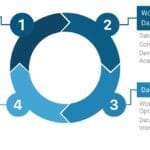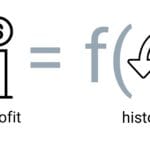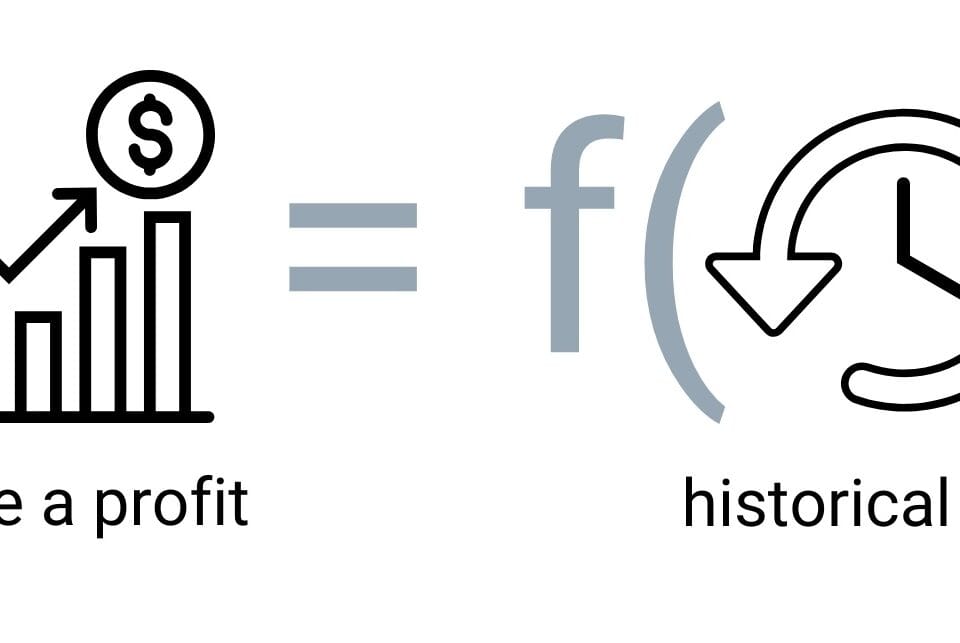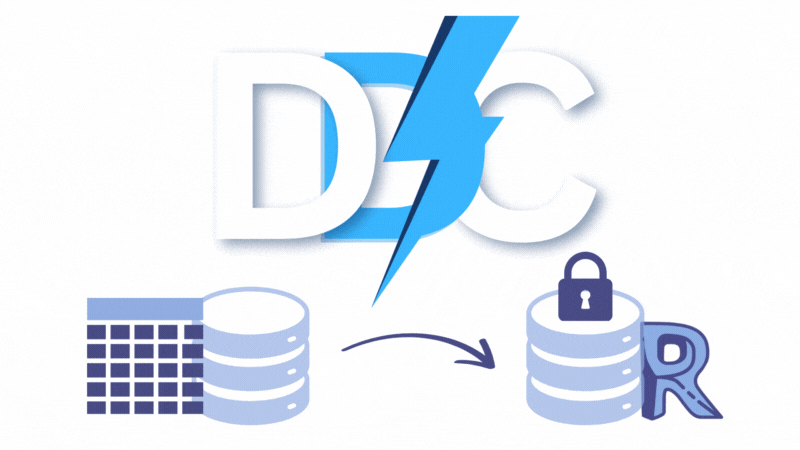For a long time, construction companies have been making money on non-transparent processes. The main business model was speculation – overestimating the cost of materials, scope of work and percentage mark-ups in closed ERP – and PMIS – systems that are inaccessible to external audits. The limited access of customers and their authorized persons to the original project data created the ground for schemes in which it became almost impossible to verify the reliability of calculations.
However, this model is rapidly losing relevance. With the democratization of data access, the emergence of LLMs, the arrival of open data, and ETL automation tools, the industry is moving to a new standard of operation.
As a result, opacity is no longer a competitive advantage – soon it will become a burden that will be hard to part with. Transparency turns from an option into a prerequisite for staying in the market.
Who will clients – banks, investors, physical customers, private equity, government customers – work with in the new digital reality? The answer is obvious: with those who are able to provide not only the result, but also the justification of each step on the way to it. As the volume of open data grows, partners and customers will choose companies that guarantee transparency, accuracy and predictability of results.
Against this backdrop, new business models are emerging that are based on data management and trust rather than speculation:
Selling processes instead of square meters: the key asset becomes trust and efficiency instead of discounted concrete agreements. The main value will be predictability of the result based on reliable and verified data. Modern companies will not sell the construction object as such, but:
- accurate deadlines and transparent work schedules;
- reasonable estimates, supported by calculations;
- full digital traceability and control at all stages of the project.
Engineering and analytics as a service: the “Data-as-a-Service ” model (a way to deliver ready-made data to users via the Internet, as a service), where each project becomes part of a digital data chain, and business value is in the ability to manage this chain. Companies are transforming into intelligent platforms offering solutions based on automation and analytics:
- Automated and transparent preparation of estimates and plans;
- Risk and timing assessment based on machine learning algorithms;
- calculation of environmental indicators (ESG, CO₂, energy efficiency);
- generation of reports from audited open sources.
Productization of engineering experience: the company’s developments can be used repeatedly within the company and distributed as a separate product – forming an additional source of income through digital services. In the new environment, companies create not only projects, but also digital assets:
- libraries of components and estimate templates;
- automated verification modules;
- Open-source plugins and scripts (selling consulting) for working with data.
A new type of company: the Data-Driven Integrator: a market player that does not depend on specific software vendors or modular systems and is not “locked” into a single software interface. It operates freely with data – and builds its competitiveness on it. The construction company of the future is not just a contractor, but an information integrator capable of performing the following functions for the customer:
- Combine data from disparate sources and perform analytics;
- Ensure transparency and credibility of processes;
- advise on optimization of business processes;
- develop tools that work in the open data ecosystem, LLM, ETL and Pipelines.
Industry 5.0 (Fig. 2.1-12) marks the end of the “era of manual averaging ratios” and evening meetings between CEOs and the estimating and accounting department. Everything that was previously hidden – calculations, estimates, volumes – becomes open, verifiable and understandable even to non-experts. Those who are the first to reorient themselves will be the winners. All others will be left out of the new digital economy of the construction sector.




















